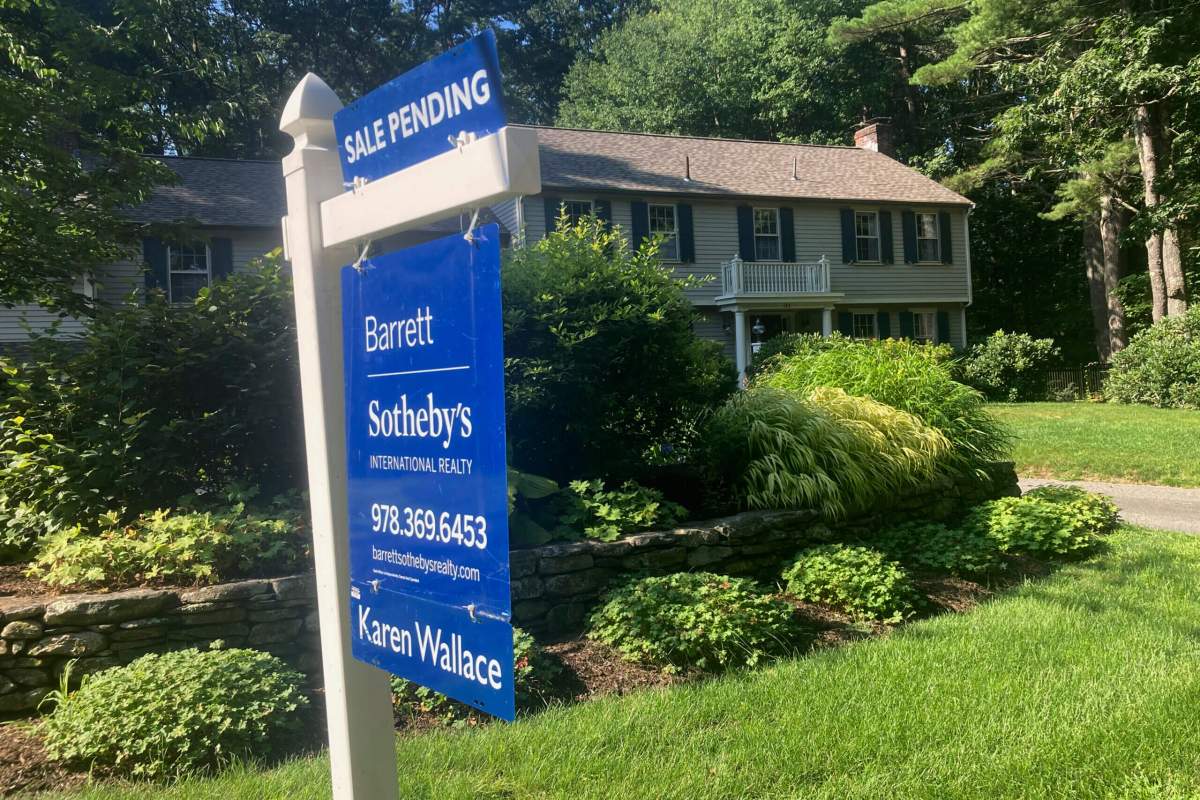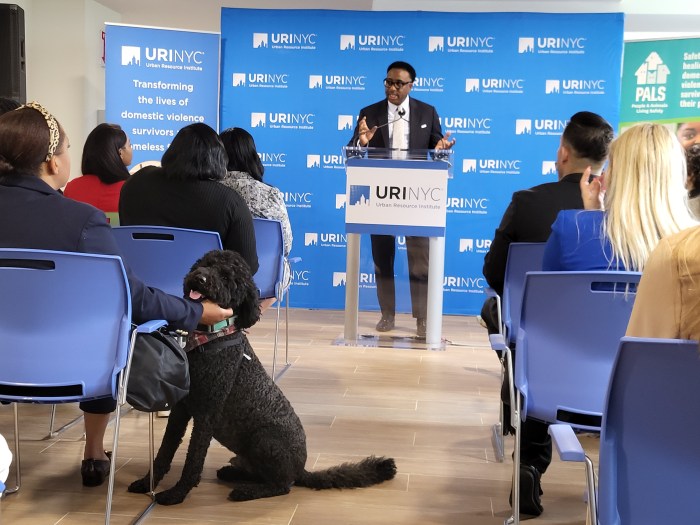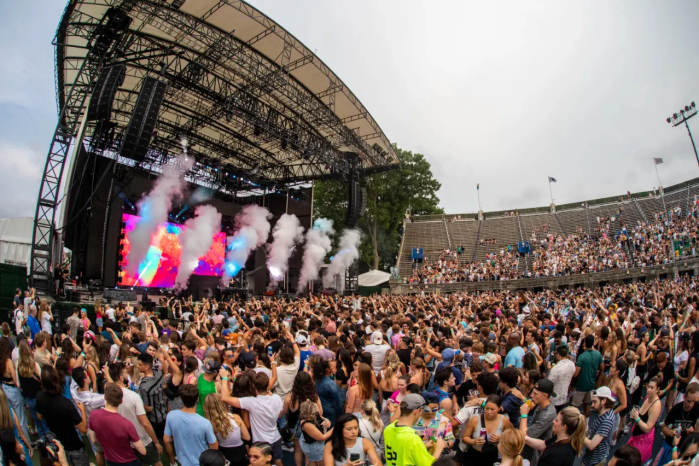Sales of previously occupied U.S. homes fell in July to the slowest pace since January, as elevated mortgage rates and a stubbornly low inventory of homes on the market combined to discourage many would-be homebuyers.
Existing home sales fell 2.2% last month from June to a seasonally adjusted annual rate of 4.07 million, the National Association of Realtors said Tuesday. That’s below the 4.15 million pace that economists were expecting, according to FactSet.
Sales slumped 16.6% compared with July last year. It was also the lowest home sales for the month of July since 2010.
The annual sales decline was steepest in markets across the Northeast and Midwest, where sales slumped 20% or more, the NAR said.
Despite falling sales, competition for a near-historic low level of homes on the market helped drive prices higher. The national median sales price rose 1.9% from July last year to $406,700, marking the first annual increase in prices since January.
The shortage of homes for sale has kept the market competitive, driving bidding wars in many places, especially for the most affordable homes. Roughly 35% of homes sold in July fetched more than their list price, said Lawrence Yun, the NAR’s chief economist.
“At least when it comes to home prices, it looks like the housing recession is already over,” Yun said.
All told, there were 1.11 million homes on the market by the end of last month, an increase of 3.7% from June, but down 14.6% from a year earlier, the NAR said.
Homes listed for sale in July typically sold within just 20 days, with 74% staying on the market for less than a month.
All told, the number of homes on the market at the end of July amounted to a 3.3-month supply at the current sales pace. In a more balanced market between buyers and sellers, there is a 5- to 6-month supply.
The combination of high borrowing costs and intense competition for the most affordable homes on the market is keeping many first-time buyers on the sidelines. They accounted for just 30% of home sales last month, though that was up from 27% in June, the NAR said.
“There’s virtually no inventory at the lower price point,” Yun said.
The latest housing market figures are more evidence that many house hunters are being held back by a persistently low inventory of homes for sale and rising mortgage rates.
The average rate on a 30-year home loan hovered just below 7% last month and has continued climbing, reaching 7.09% last week, according to mortgage buyer Freddie Mac. The average long-term U.S. mortgage rate is now at its highest level in more than 20 years.
High rates can add hundreds of dollars a month in costs for borrowers, limiting how much they can afford in a market already unaffordable to many Americans. They also discourage homeowners who locked in those low rates two years ago from selling.
Mortgage rates have been rising along with the 10-year Treasury yield, lenders use to price rates on mortgages and other loans. The yield has been climbing as bond traders react to more reports showing the U.S. economy remains remarkably resilient, which could keep upward pressure on inflation, giving the Federal Reserve reason to keep interest rates higher for longer.















